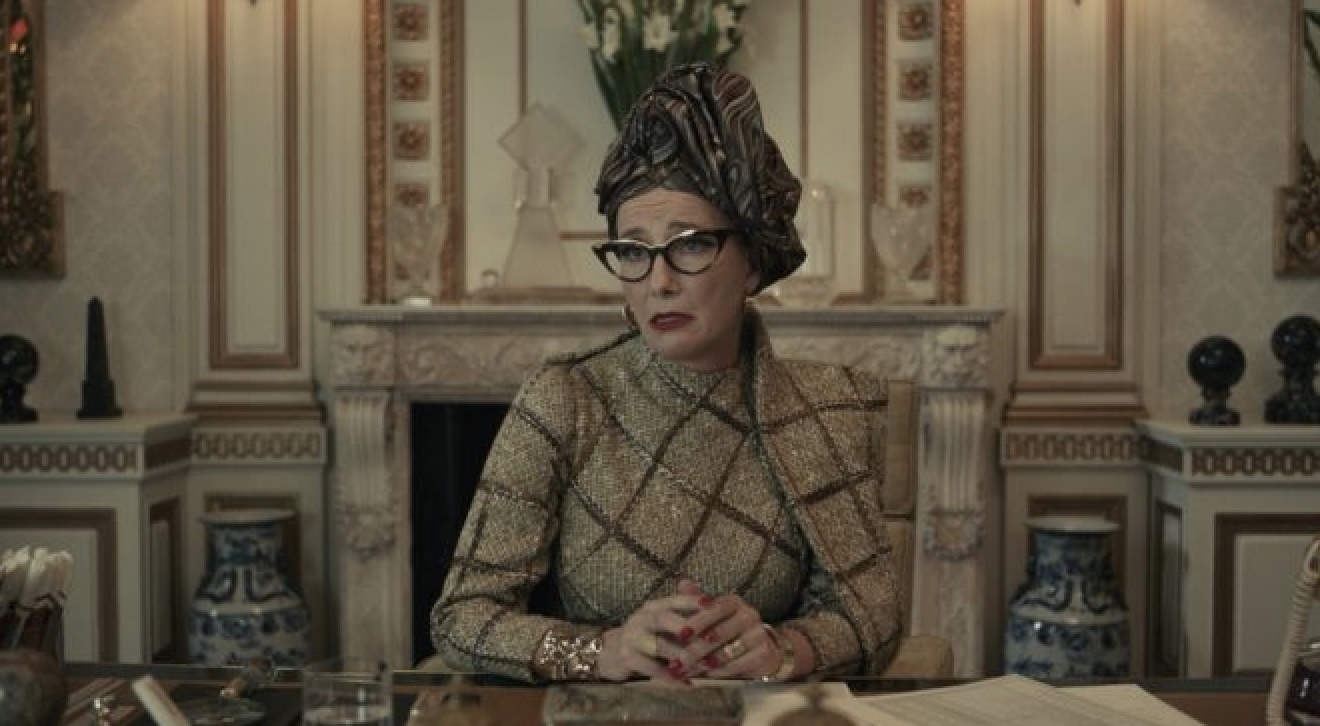Is Cruella the new The Devil Wears Prada?
The Devil and Ms. DeVille, also known as Miranda Priestly and Cruella Deville, are two fashion icons who double as villians. Since The Devil Wears Prada came out in 2006, it has served as one of the most successful films centered around fashion, due to its impeccable style and iconic quotes. With the recent production of Cruella, audiences are presented with a similar emphasis on remarkable fashion statements. As female bosses Miranda Priestly (in The Devil Wears Prada) and the Baroness (in Cruella) obtain power through a proclivity for fashion, their harsh work ethics instill fear in their employees. As their underdog disciples, Andie Sax and Estella, are recruited to be assistants for these respected icons, their experiences reveal a new perspective on the corporate fashion world.
Miranda Priestly and the Baroness are both revered figures in fashion who seem to have gained their positions through merciless pursuits in corporate environments. Loosely based on Vogue’s editor in chief, Anna Wintour, Miranda Priestly is the editor and chief of the fictional magazine, Runway. Meanwhile, the Baroness is a top of the line fashion designer. Although both women are undoubtedly successful, they are ruthless and thankless towards their employees. As Miranda, played by Meryl Streep, enters her office every day, she tosses her jacket on her assistant’s desk, barking countless orders without a please or thank you. Still, one of Miranda’s assistants, Emily (played by Emily Blunt) claims that “a million girls would kill for this job” because if “you work a year for her, you can work anywhere you want.” Knowing this, Miranda drives her assistants crazy with unreasonable demands, such as when she expects them to find her a flight in the middle of a hurricane. Her irrationality is perfectly depicted when trees are seen falling behind her, and she claims that the storm is merely a “light drizzle.”
Similarly, the Baroness incites fear among all of her employees, and expresses no gratitude for their hard work. Not only this, but she constantly insults her “incompetant” employees with her so-called feedback: “My feedback. You’re short, you’re fat, you smell like an anchovy, you’re color blind, but you pretend you aren’t.” Although both women create an intense work environment, this intensity is likely reflective of the double standards existing in the corporate world. Are these women truly evil, or are they bosses who happen to be women? Should their actions be called to question, or should the norms of corporate companies be?
The Aventurine
Despite their less than ideal work environments, both Andie Sachs and Estella accept ill treatment from their bosses in pursuit of professional advancement. When recruited to their jobs, both Andie and Estella are clearly underdogs. However, through their involvement in the fashion industry, they undergo mental and physical transformations.
In The Devil Wears Prada, Andie is chosen as Miranda’s assistant due to her “impressive resume,” despite her evident lack of interest or expertise in fashion. However, throughout the film, Andie transforms into a chic fashionista, working to please her callus boss. The iconic scenes of a newly glammed Andie walking through the streets of New York City dramatically contrast her previous diffidence regarding her appearance. However, as Andie’s attention to her appearance increases, her morals slowly decline. Missing her boyfriend’s birthday to attend an event with Miranda, and taking Emily's place in Paris Fashion Week, Andie loses touch with her pure intentions.
CTCS 412 / Celebrity
Meanwhile, Estella (later known as Cruella) works as the janitor of a department store when the Baroness sees her striking window display and hires her on the spot. Although the Baroness is very impressed by Estella’s talents in fashion design, she takes credit for Estella’s ideas and hard work. When Estella uncovers devastating family history with the Baroness, her new intentions create a dramatic change in character. This transformation is so dramatic that it officially births the well-known villain, Cruella. Similarly to Andie, her change in character is reflected in her new, rebellious style. Rather than seen in the streets of NYC, Cruella boldly presents her unconventional fashion statements throughout the streets of London.
The Location Guide
Although the power of fashion may be used in villainous ways in both The Devil Wears Prada and Cruella, its influence is undeniable. The motives of the aforementioned characters may not be pure. However, both Andie and Estella use the impact of fashion to accomplish their goals. Andie steps up her fashion game in order to be taken seriously in the workplace, allowing her to further her career as a journalist in the future. Meanwhile, Estella uses her unique eye for fashion to avenge the life of her mother and take down the cruel Baroness. Thus, as great power comes with great responsibility, great clothes also come with great responsibility.
Leah Sokol




